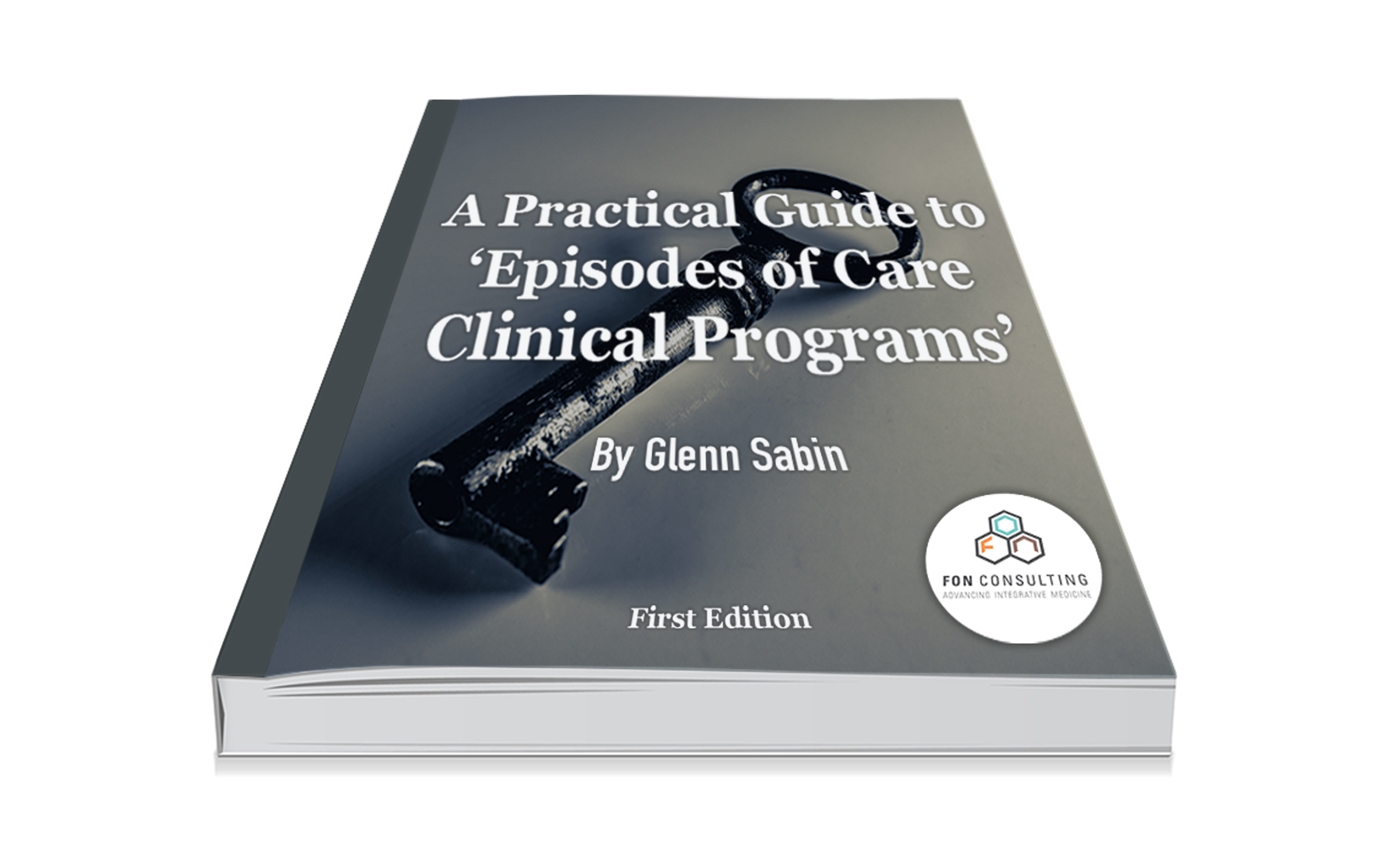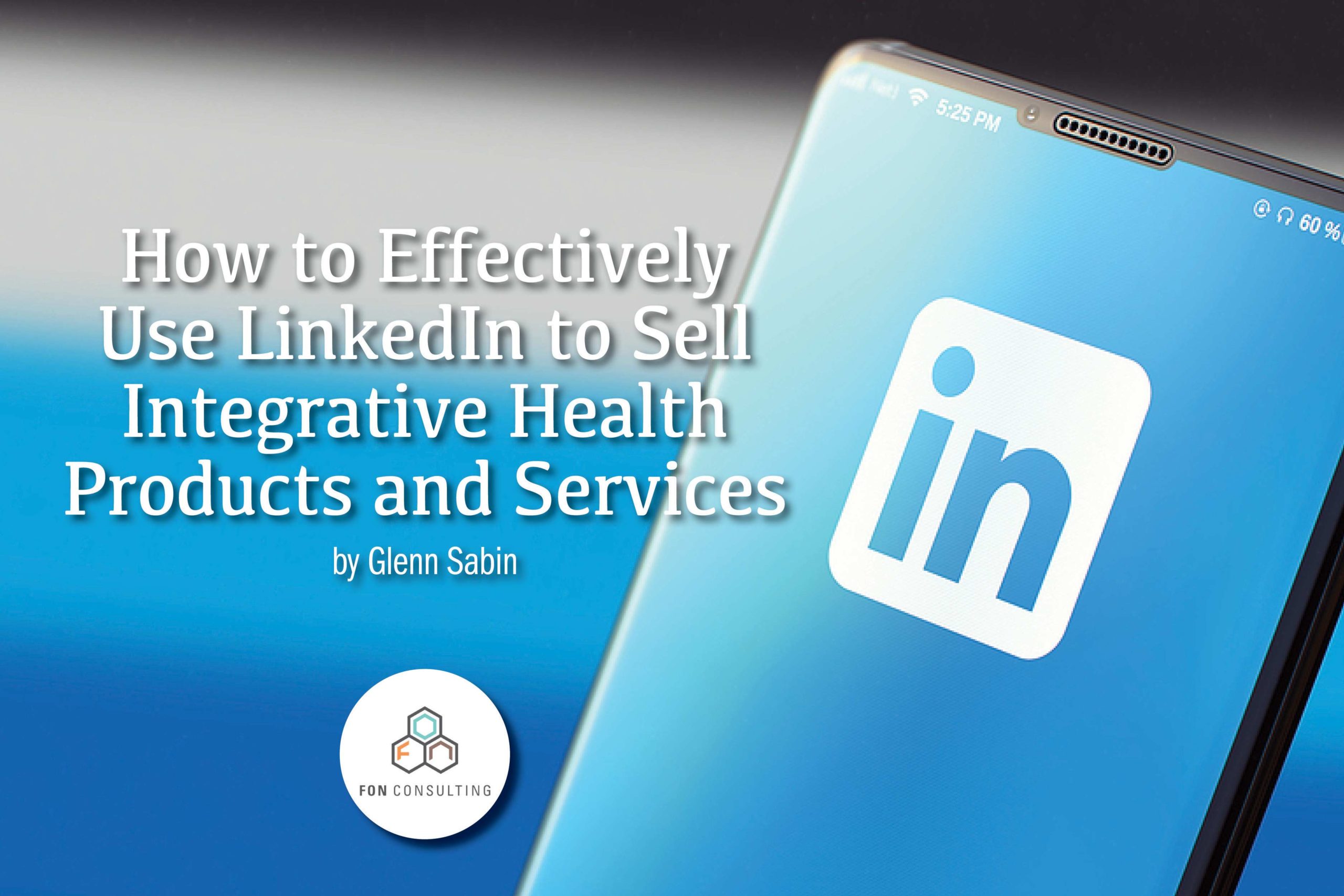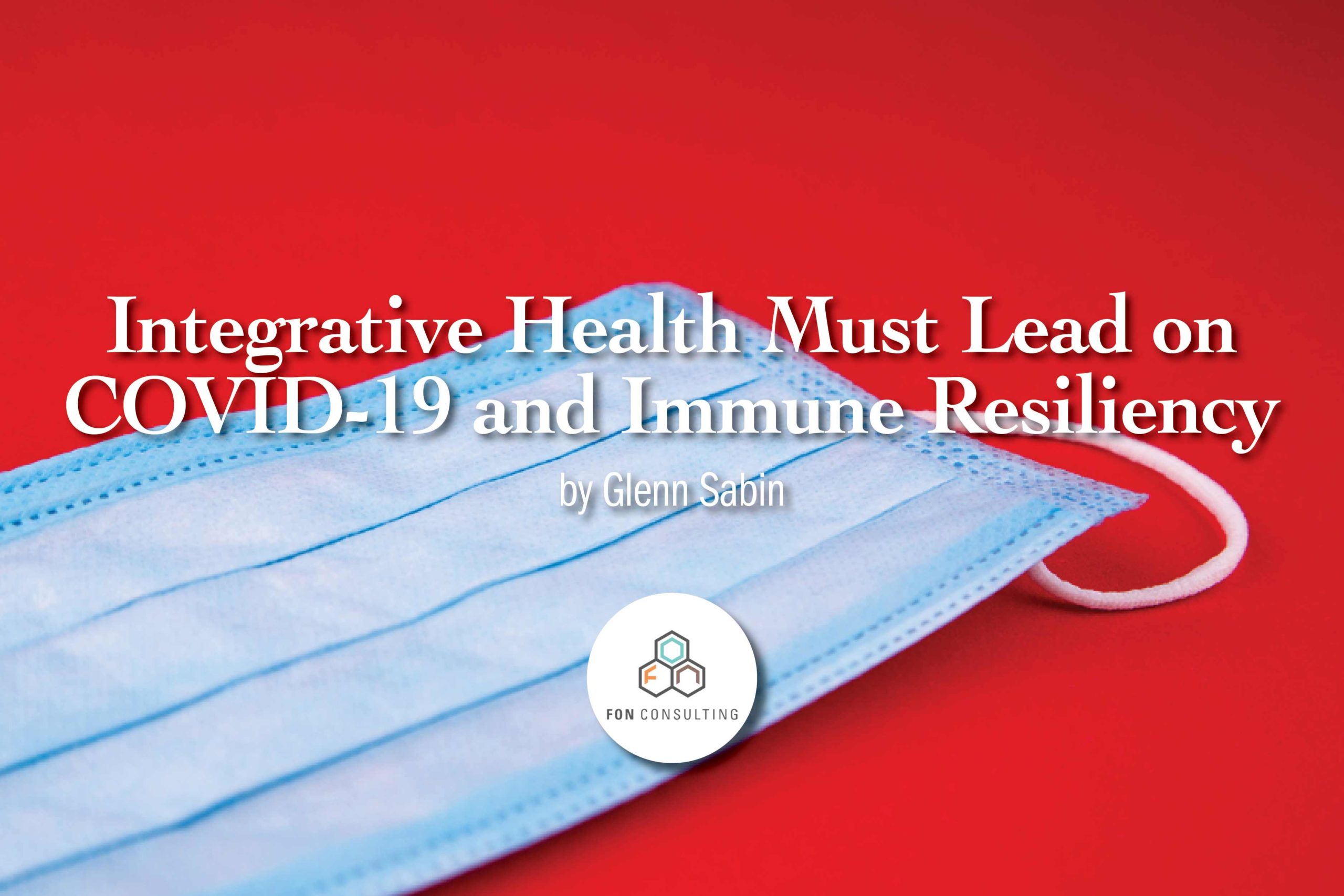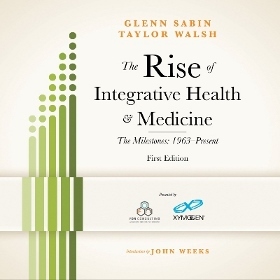Of Course Preventive Medicine Will Save Money—But Not the Government’s Current Definition of the Intervention
By Glenn Sabin

Sharon Begley’s recent Reuters piece, Think Preventive Medicine Will Save Money? Think Again, brought renewed attention to the seemingly low economic benefits of preventive medicine, as currently defined. New findings are out from Trust for America’s Health’s new report, and their outlined plan “to move from sick care to health care in four years.”
Begley’s piece homed in on screenings that have shown positive economic impact, such as education efforts to counsel patients on using baby aspirin to prevent cardiovascular disease, screening pregnant woman for HIV and certain immunizations.
However, some of the best-known preventive measures, including annual physicals and cancer screenings for a number of populations of disease, including testicular cancer, ovarian cancer and PSA tests for prostrate, have been shown neither to save money nor improve one’s health. Simply put, screening a large population for a number of diseases is cost-prohibitive, with the number of lives saved comparably low.
It is incredible how few U.S. citizens realize that in February 2012 one-third—$5 billion dollars—was cut from the $15 billion dollars earmarked for the Prevention and Public Health Fund, the important 10 year program that was part of 2010’s Affordable Care Act. The $5 billion cut was redirected to fill the gap to continue the payroll tax break and to fend off the threatened 27% Medicare pay cut to physicians—essentially pitting physician reimbursements against “preventive medicine”.
Where Was The Public Outcry?
Around the time of this massive cut I was doing quite a few lectures across the country at CME conferences, addressing mostly clinicians. During these talks I took informal polls asking for a showing of hands from those familiar with the then brand-new massive cut to the Prevention and Public Health Fund. I could count the number of raised hands on one of mine. When I asked over 1000 cancer survivors in Sacramento last fall if they knew about the cut to the fund, not one hand went up!
Enjoying this article? Subscribe and get our latest, delivered straight to your inbox.
So here we are. There’s roughly just shy of $10 billion dollars left in the Prevention and Public Health Fund, and according to top health economists, some of these so-called preventive services save lives and treasure, and others not so much. Now is the time to redefine what we call preventive medicine by combining the useful screenings and educational interventions that are proven to effectively save lives and money, and incorporate the basic tenets of integrative health and lifestyle medicine to promote health.
A smart and pragmatic prevention strategy will lead us to a patient-centered approach as the new standard of care. It can only happen through education, patient empowerment and self-efficacy. Patients must have skin in the game.
Over 80% of chronic disease is largely preventable through health promotion via lifestyle change. Now is the time to invest in a truly meaningful process of preventing disease and promoting wellness. True prevention is the only viable “magic bullet cure” for most chronic pathology. It is a whole lot less expensive to prevent disease than to cure it. The most profound form of preventive medicine is the promotion of health and wellness over most, but certainly not all, screenings and procedures.
Did the Affordable Care Act put proper measures in place to adequately shift the provider incentivization paradigm from procedures, drugs and products to prevention and wellness? No. However, Accountable Care Organizations and Patient-Centered Medical Homes hopefully point things in this direction. The second largest public hospital system in the country is now shifting physician remuneration models that pay bonuses based on the provision of quality care, patient satisfaction, reducing hospital-acquired infections and readmission rates. Additional large public hospital systems are watching closely.
At the end of the day, true prevention and wellness must prevail, because the long-term trajectory of where things are currently headed could very well result in the insolvency of the United States.
There is still time to act. Let’s not waste the remaining billions in the Prevention and Public Health Fund.
About FON
FON is a leading integrative health and medicine business development and strategy consulting firm. FON specializes in custom solutions for growing patient volume, developing programs, and increasing product sales. Our practical business models are driven by innovative marketing, clear messaging, and customer engagement via branded storytelling.
Contact us today to schedule a complimentary 30-minute consultation to discuss your business development or personal brand needs.

Read Glenn’s story.





















